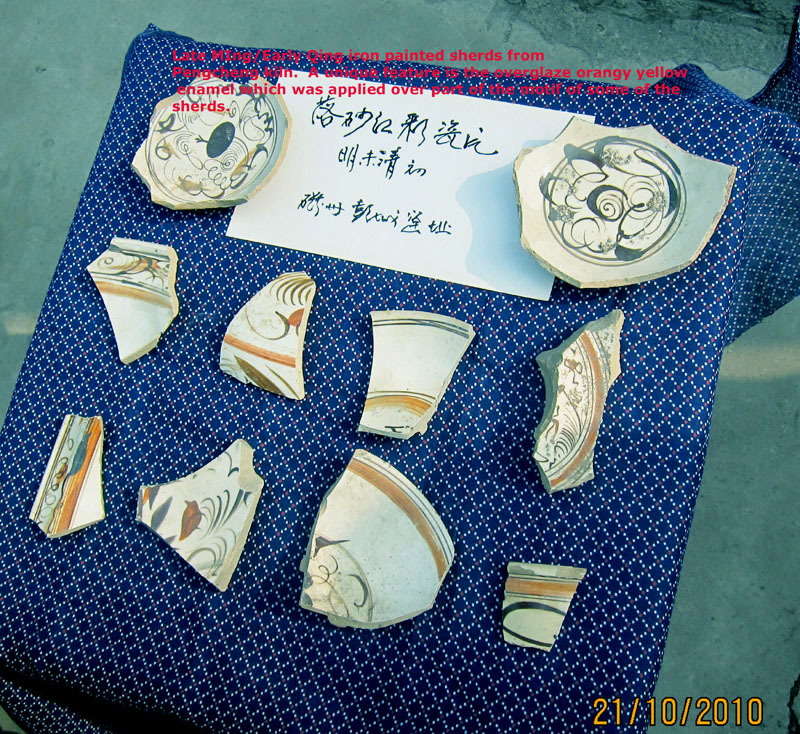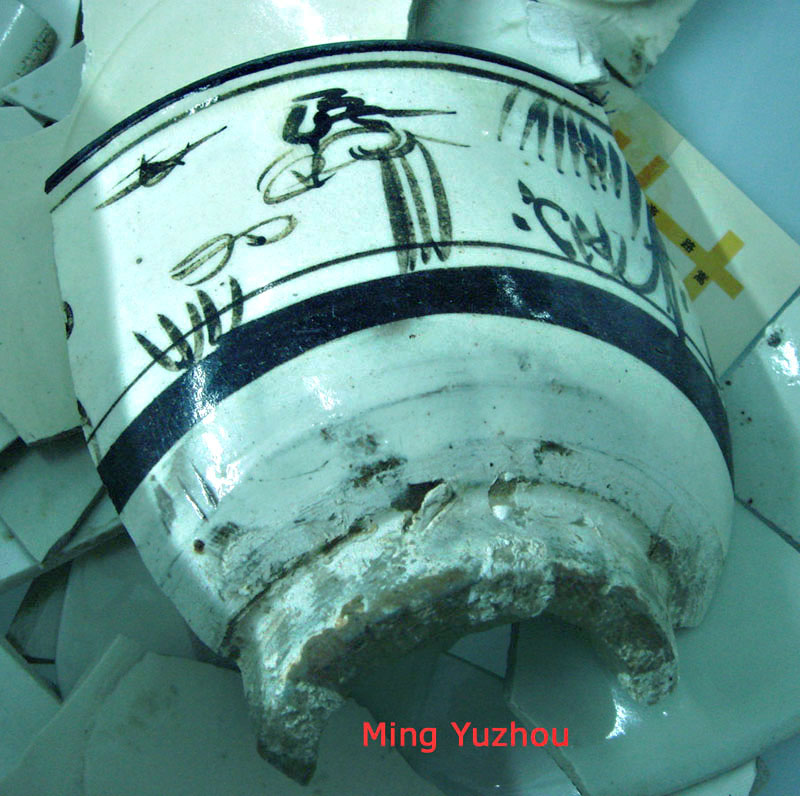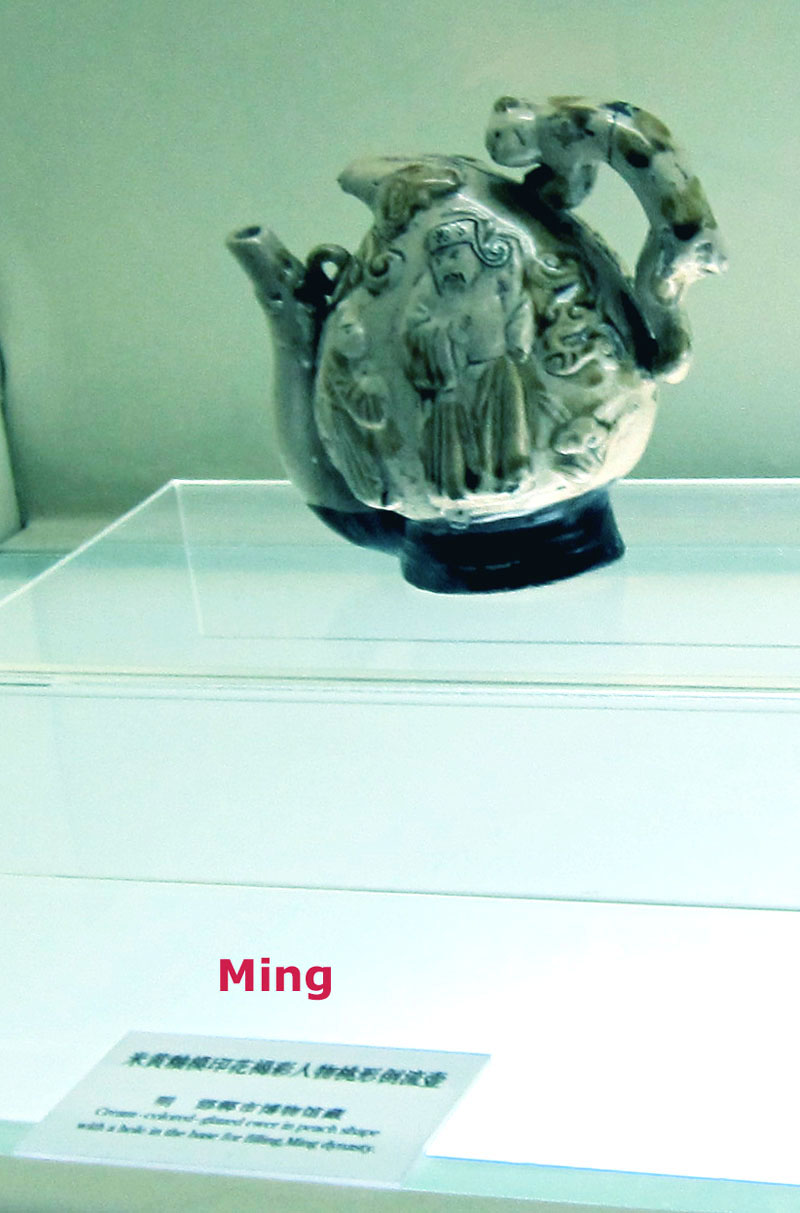Ming/Qing Cizhou wares
In the past, there were little information available regarding Ming Cizhou wares. In fact, it is not surprising to find Ming Cizhou dated wrongly as Song/Yuan Period. For those interested in this subject, the book Ming Dai Cizhou Yao ciqi (明代磁州窑瓷器) by Guo Xuelei (郭学雷) provides a very instructive introduction on the subject.
Cizhou wares from Northern China continued to be popular but was mainly produced for domestic consumption. However, a small number found their way to foreign lands. Some of them could be seen in the Indonesia Jakarta museum.
The main production centres were in Hebei Pengcheng (彭城), Henan Yuzhou (禹州)and Shanxi province. Penchengr continued production even during Qing Dynasty. According to official Ming records ' Ming Huidian' (明会典), during the Ming dynasty Pengcheng had about 40 official 40 kilns producing jars for the imperial Guanglu temple (光禄寺). During 11th year of Hongzhi, they produced more than 10,000 pieces of jars/vases for palace daily use.
The most common decorative technique is underglaze iron black and/or iron brown motif. There are also those with added overglaze orangy yellow splashes over part of the underglaze iron black/brown motif. Another category has further incised details over the painted motif.The bowls and plates have sandy lumps on the interior and footring. This is the result of sandy lumps used as separators for stacking of the vessels during firing. This method was first introduced during the Yuan period.











On pots, jars and vases, the main motifs are usually depicted within several windows separated by floral scrolls or cloud-like spirals The motifs are executed using calligraphic like strokes. Visually they appear spontaneous, lively and vigorous.




